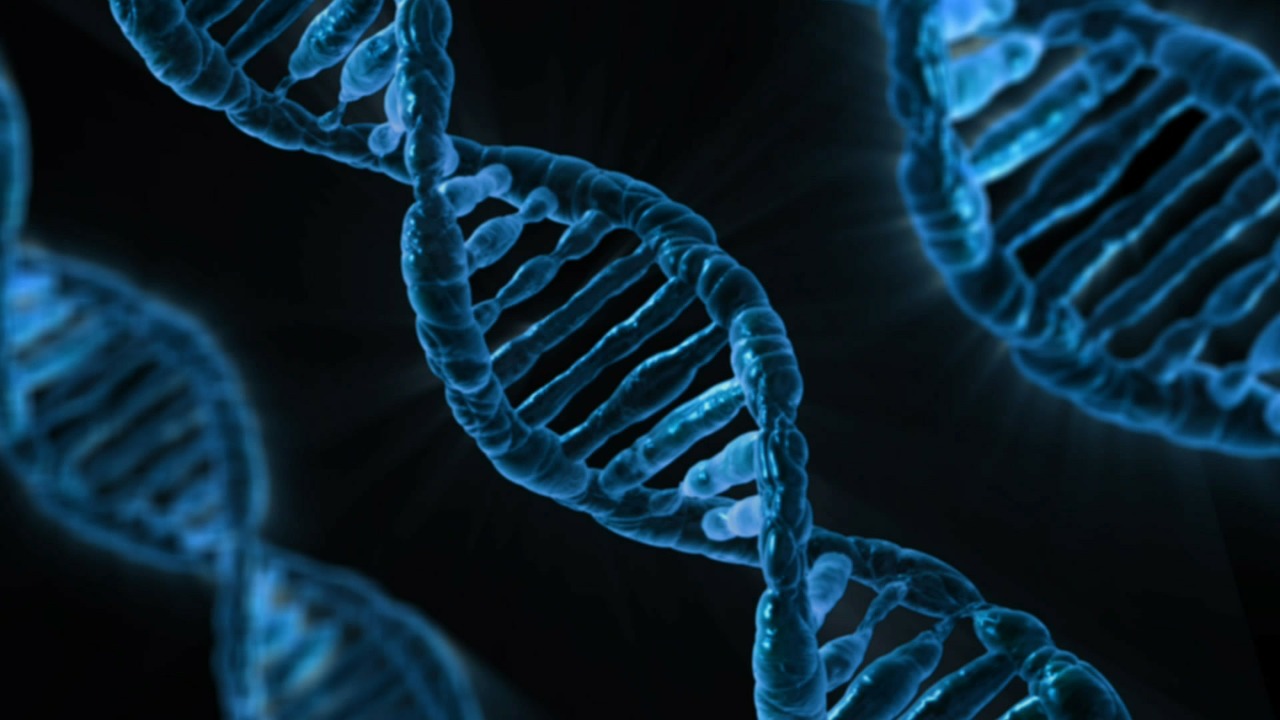DNA is a fascinating element of the human body. DNA simply put is the structure of chemicals that carry specific genetic information that determine who you are, inside and out. Genes are inherited from your parents and determine such characteristics like hair and eye colour. Inherited genes can cause disabilities like muscular dystrophy, which may cause you to need high spec mobility scooters.

When you are younger the DNA is regulated so that it expresses the right genes at a specific time. As you age the regulation of DNA begins to be interrupted which factors into the aging process. However this interruption is not true for everyone, according to a new study, with some people displaying youthful DNA structures despite their age.
The study was led by Dr Bas Heijmans from the Leiden University, in the Netherlands, and was conducted by 34 scientists from six collaborating institutes. It compiled data from over 3,000 participants and found these fascinating results. Researchers charted the regulation of DNA of the participants by measuring levels of methylation at around half a million sites of human DNA, searching for the sites where apparent increases in regulation could be seen as people aged.
Dr Heijmans is an epigeneticist from the Molecular Epidemiology Section of the University. Commenting on the study Heijmans said : “We believe we may have caught the aging process in the act: the dysregulation of the DNA that we discovered went hand in hand with higher activity in genes that continuously try to repair damage to cells. This process is not fully effective and in the long run leads to aging.”
What is interesting is that not everyone in the study showed an equal level of age-related dysregulation of DNA. Some of the participants appeared to have regulation that matched that of a healthy 25-year-old. These participants showed genes that were less active in the aging process.
The next steps forward from this study are to see whether people who display ‘youthful DNA’ structures stay healthier for longer and whether these genes are preventative in the onset of specific life-threatening diseases.
“Obviously, health depends on more than just the regulation of our DNA. But we do think that the dysregulation of the DNA is a fundamental process that could push the risk of different diseases in the wrong direction,” according to Heijmans.
Journal Reference:
Roderick C. Slieker, Maarten van Iterson, René Luijk, Marian Beekman, Daria V. Zhernakova, Matthijs H. Moed, Hailiang Mei, Michiel van Galen, Patrick Deelen, Marc Jan Bonder, Alexandra Zhernakova, André G. Uitterlinden, Ettje F. Tigchelaar, Coen D. A. Stehouwer, Casper G. Schalkwijk, Carla J. H. van der Kallen, Albert Hofman, Diana van Heemst, Eco J. de Geus, Jenny van Dongen, Joris Deelen, Leonard H. van den Berg, Joyce van Meurs, Rick Jansen, Peter A. C. ‘t Hoen, Lude Franke, Cisca Wijmenga, Jan H. Veldink, Morris A. Swertz, Marleen M. J. van Greevenbroek, Cornelia M. van Duijn, Dorret I. Boomsma, P. Eline Slagboom, Bastiaan T. Heijmans. Age-related accrual of methylomic variability is linked to fundamental ageing mechanisms. Genome Biology, 2016

